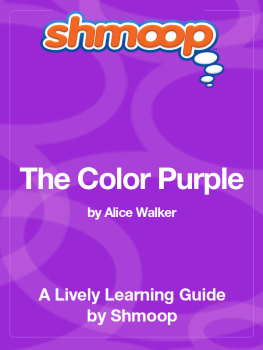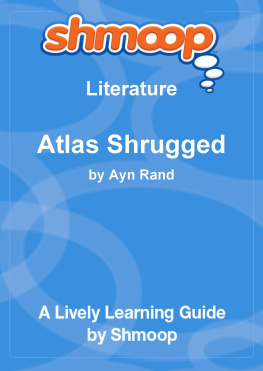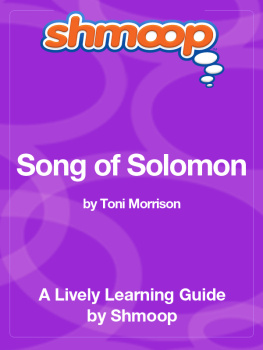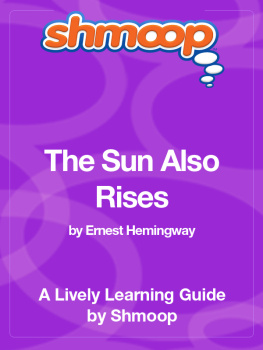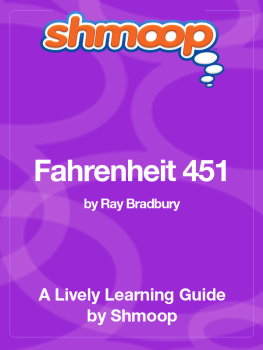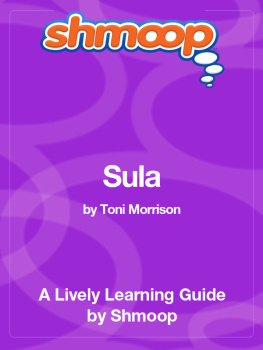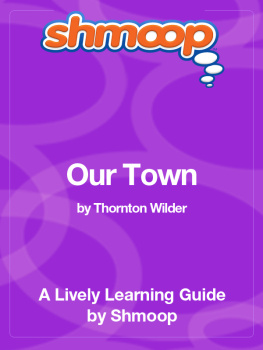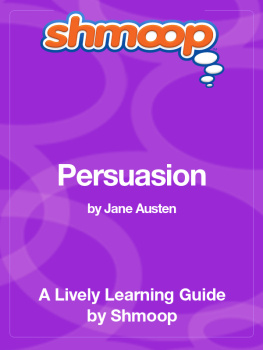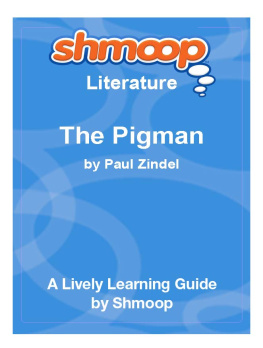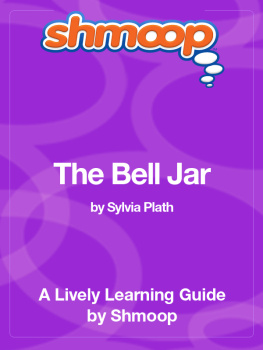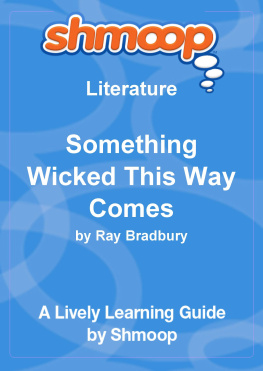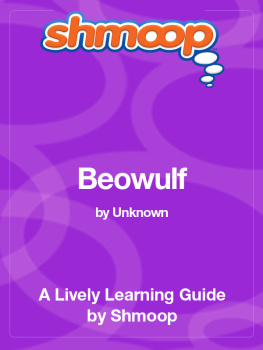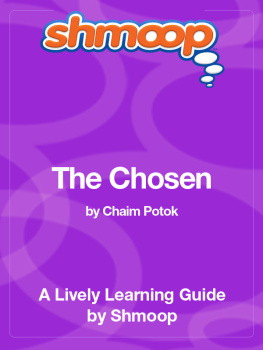
Table of Contents
In a Nutshell/Overview
The Color Purple was published in 1982 and earned Alice Walker the 1983 Pulitzer Prize for Fiction and the National Book Award. The story follows an uneducated black woman during thirty years of life, through her suffering and attempts to find love and happiness in life. It graphically depicts the violence and sexual subjugation that many black women endured during the 20th century and, as a result, has been banned multiple times. It ranks high on the American Library Association's list of most banned books. Ultimately an uplifting story, Steven Spielberg directed the 1985 film adaptation, starring Whoopi Goldberg and Oprah Winfrey.
Why Should I Care?
Why should we care? Because purple is the best color in the universe.
Let us begin by saying that any book that has been as censored and as hotly criticized as The Color Purple is bound to rock our world. And, any book that features the most knee-shaking color of the rainbow is guaranteed to be sheer genius. Thank you, Shug Avery for reminding us of our undying love for this most royal of colors. As Shmoop reflects on all things purple, we arrive at our two favorite icons in addition to Alice Walker's masterpiece, heroes from whom we draw endless purple inspiration: Prince (the ever-evolving, many-named king of pop) and Harold (the pajama-wearing alchemist of Harold and the Purple Crayon). Shmoop, you ask, what do these vestiges of our youth have to do with our understanding of a book that treats the black female experience in 1930s Georgia? Oodles.
In The Color Purple, Celie tells Shug that she's so preoccupied with chasing the image of God as a Dumbledore-look-alike out of her mind that she forgets to enjoy things like the color purple. Shug in turn encourages Celie to re-imagine her god as a being with which she can more closely connect, and, thus, to begin to take ownership over her life and enjoy the mysteries it yields. Shug gets us thinking: can we create our own identity? Are we in charge? Or is identity pre-made and pre-packaged for us by our family, our home, our friends, our community, and our CosmoGirl?
Our purple heroes help us sift through these hefty philosophical questions. Prince laughs in the face of pop and continually reinvents himself like the phoenix while writing songs about purple precipitation, the symbolic meaning of which still has scholars stumped. This purple man writes, produces, arranges, and performs all of his music on his own (more than 100) and has influences as diverse as funk, New Wave, Jazz, and hip hop. He wrote a song for Happy Feet and is a vegan.
Harold is an equally prolific artist of purple things, and he rocks the footed pajamas. He shows us how to make the world our oyster and how to draw an ocean to go sailing on and a purple pie when we get hungry. When he encounters a road block or a problem, he draws his way into a solution. Harold's creations are due to an initial urge to enjoy a simple walk in the moonlight on a night when there is no moon. Talk about stopping to smell a field of purple roses. These royal legends teach us how to become who we are in the world, and, through them, purpleness almost becomes synonymous with creativity.
Like them, The Color Purple reminds us: you can't fight the purple.
Whats Up With the Title?
The title refers to a moment when Shug Avery asks Celie if she takes the time to notice what little things that God does to show us that it (God is neither he nor she) loves us. "I think it pisses God off if you walk by the color purple in a field somewhere and don't notice it," Shug says. Celie is forced to admit that in fact she has never observed these things, an admission that changes her life.
Writing Style
Brief, Sparse, Uneducated
The Color Purple is composed of very short chapters, written as letters to God, that explain in the shortest of possible ways the trials and tribulations Celie (and, later, Nettie) experiences. Walker presents Celie's thoughts in the vernacular, with poor grammar and spelling. These emphasize the point that Celie is not an educated woman. Celie's letters also tend to touch upon topics briefly and sparsely rather than being developed and embellished in long paragraphs. After Nettie and Celie reconnect, Celie's letters get longer and more detailed. She is happier in her life, and tends to express joy by writing more.
Tone
Serious, Honest
This is not a funny novel. In fact, though there may be one or two funny moments in the novel, we can't remember them right now. This is a novel about utter hardship, sadness, tragedy - and a woman who finally figures out how to beat the odds no matter how badly they are stacked against her. Celie, the primary narrator, takes a serious look at her life through letters to God. She's not joking around, she's expressing the sadness of her life in the healthiest way she can. Her letters to God, and later to Nettie, are very honest. She doesn't hide the hardship that she's been through, her embarrassment, or shame. Essentially, the novel is intended to be like the unedited thoughts that go through a person's mind.
Narrator Point of View
Celie, Nettie; first person
The narrative is told in the first-person form of letters. The first half of the book is told completely from Celie's point of view; she addresses God in a sort of diary form to let God know what's gone on in her life and the lives of those around her. The second part of the book is told in letters between Nettie and Celie.
Celie's point of view is particularly interested. Unlike Nettie, Celie is an uneducated woman, having been forced to drop out of school around the age of fourteen when she became pregnant by her Pa. Her lack of education is apparent from her poor spelling and grammar. Nettie, however, is educated. Her spelling and grammar are correct, and her letters discuss more complex topics, such as women's rights, civil rights, religion, politics, and more. However, it isn't only Nettie that has an interesting story to tell. Despite Celie's poor educational background, Celie tells a powerful story. In this sense, Walker's chosen narrator shows that all people, including poor, uneducated, victimized black women have an important story to tell.
Symbols, Imagery, Allegory
Purple
The color purple represents all the good things in the world that God creates for men and women to enjoy. At the beginning of the book, you could say that Celie has no sense of the color purple. She has such a horrible life, she's not stopping to smell the roses, she's just surviving. By surviving, we mean, she's practically dead emotionally, but is physically alive. Shug is the person who points out the concept of the color purple to Celie. Shug says that God does little things for people, like creating the color purple, just to make people happy and give them pleasure in their lives. God wants people to notice the beauty of his/her creation. According to Shug, enjoying the beauty of creation means all of God's creation, including sex. Shug teaches Celie that enjoying life is exactly what God wants us to do; it's a way of expressing our love for God. As Celie does learn to love life, she decorates her bedroom in her own home as all purple and red.
Pants
When Celie finally breaks free of Mr.__ and patriarchal society, she becomes a person rather than an oppressed woman. Her transformation into a full, unrepressed woman is symbolized by pants. For most of her life, Celie never wore pants because she (and the society she lived in) considered pants to be men's clothing. When Celie decides not only to wear pants, but to start a successful business in making pants for both men and women, she has become freed from gender stereotypes. Pants, therefore, are a symbol of liberation from patriarchy and sexism as well as economic liberation.

